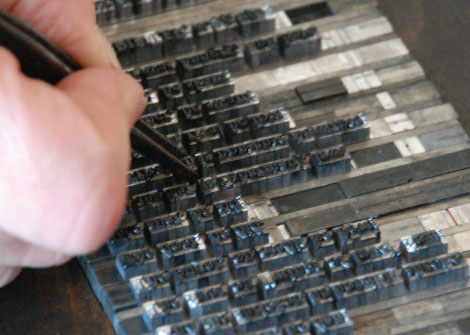
We’ll ask it again, why aren’t we building our own printers? We’re building 3d printers, CNC mills, and hacking the ink cartridges on commercial printers. What does it really take to build say a 300 dpi black and white printer? Something that lets you clean and service the print head rather than throwing it out when the ink reservoir is empty?
Someone has set out to answer these question with the Openprinter project. If this interests you, join up and start the revolution. RepRap had simple beginnings and maybe it’s time to take the army of self-replicating 3D printers and use them to print parts for 2D printers that don’t drive us crazy.
[via LostScrews]















